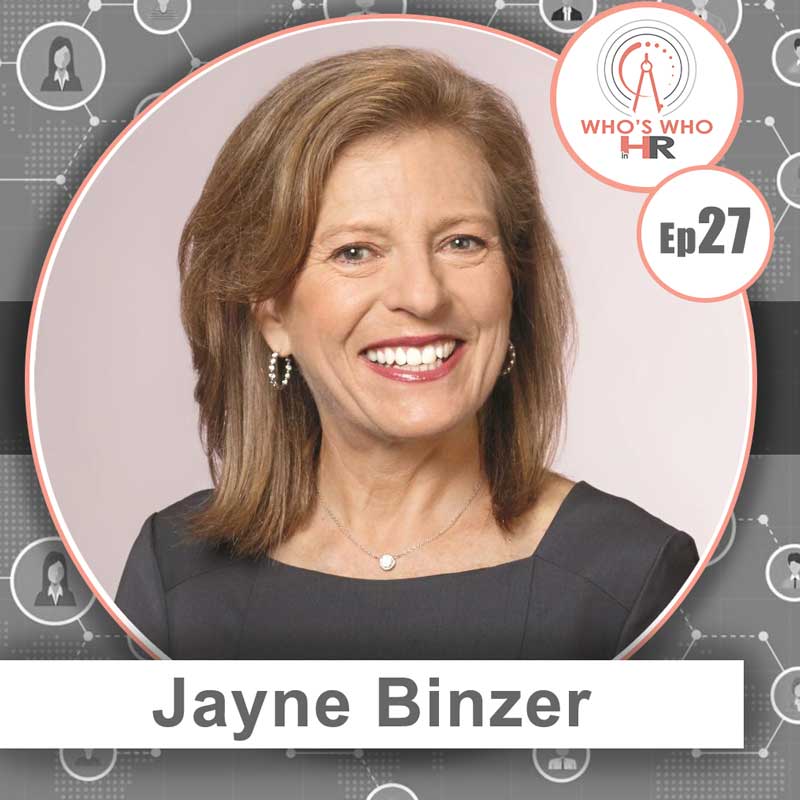Jayne Binzer is a seasoned executive specializing in Human Resources in a transactional environment.
She has managed HR-related processes in all stages of the deal life-cycle in a variety of industries and deal complexities.
She’s currently a Senior HR Executive at Cerberus Capital Management where she’s been since 2004. While there, she’s led the HR due diligence on more than 200 transactions ranging from standalone companies to complex multi-national carve outs.
A graduate of Hofstra University, Binzer speaks both English and French.
More from Jayne…
The HR world is crucial when it comes to getting all the little intricacies right to ensure a company runs smoothly and complies with all necessary laws.
But then there’s the world of private equity. These firms dip their toes in lots of different companies all at one time. And that creates even more nuance for the HR professionals involved.
Binzer is a seasoned veteran when it comes to this. And she told us some of the things private equity folks need to be aware of when they look to get involved with a company. She tells us:
“Of course, they all think about the big dollar liability. So is there an underfunded pension? Are there unions that are going to preclude them from executing their investment thesis, and so on.
But there are a variety of other things that could make a deal go sideways, it could be legal compliance, either with FLSA meaning wage-hour laws, which can have severe penalties, and if they’ve been violated long enough, and the profitability of the company depends on that level of violation, let’s say, turning the company more profitable by compliance could be very difficult.
Other laws, I-9 compliance, for example, has been a factor in one deal that I worked on. It happened to be in the southwest, it was a hospitality company, and it was an asset deal. And when I said we’re going to need to redo all of the I-9’s, because this will be a new entity and so forth, we discovered that first week, we could barely run the company because people did not show up who knew that they were not going to be able to successfully demonstrate their ability to work in the United States. So there are things like that people don’t think about.
But then there’s areas that are sort of a given like benefits, and that the investment professionals will always want to know, what’s the benefits load? What’s the fringe rate, without really looking at the underlying fitness for duty of the employee benefits. Are they sufficient to attract and retain the workforce you need? But are they also being run cost-effectively? And in a manner that will yield no surprises in year two or three of the whole period?”









